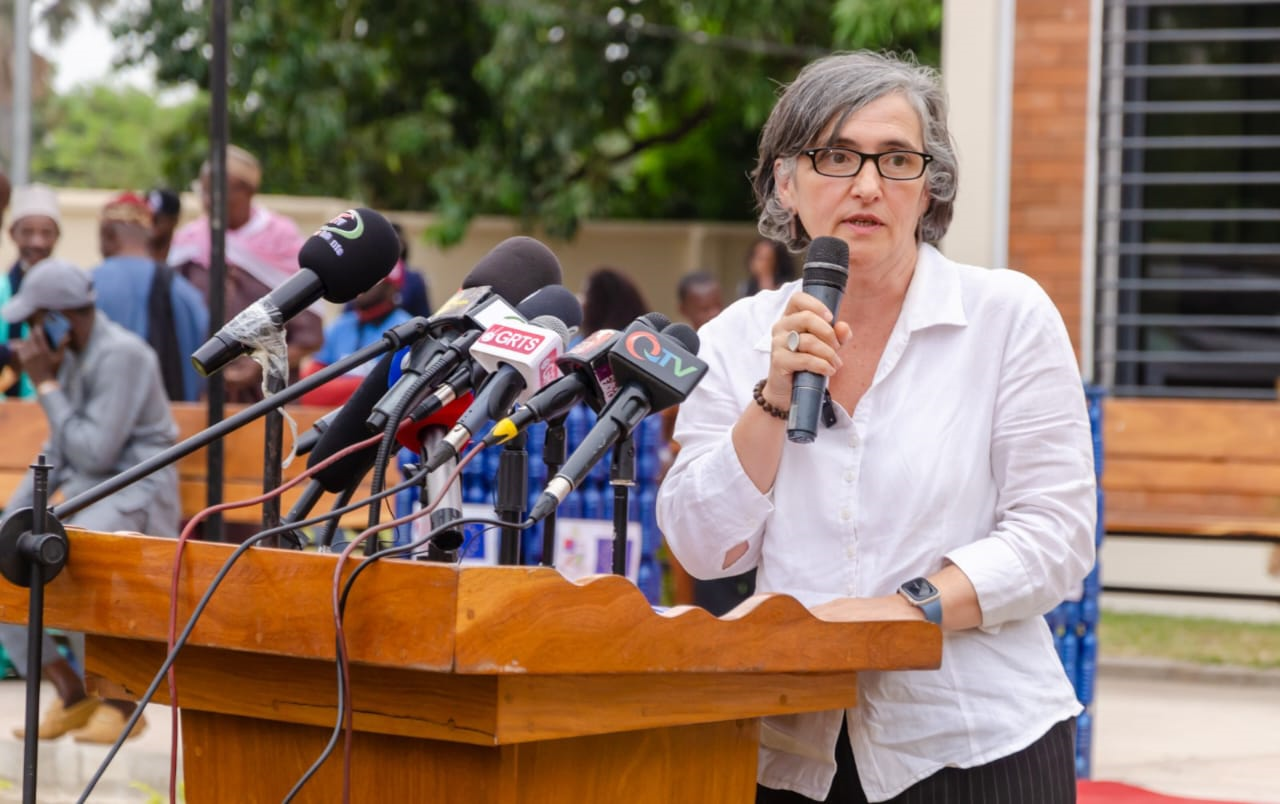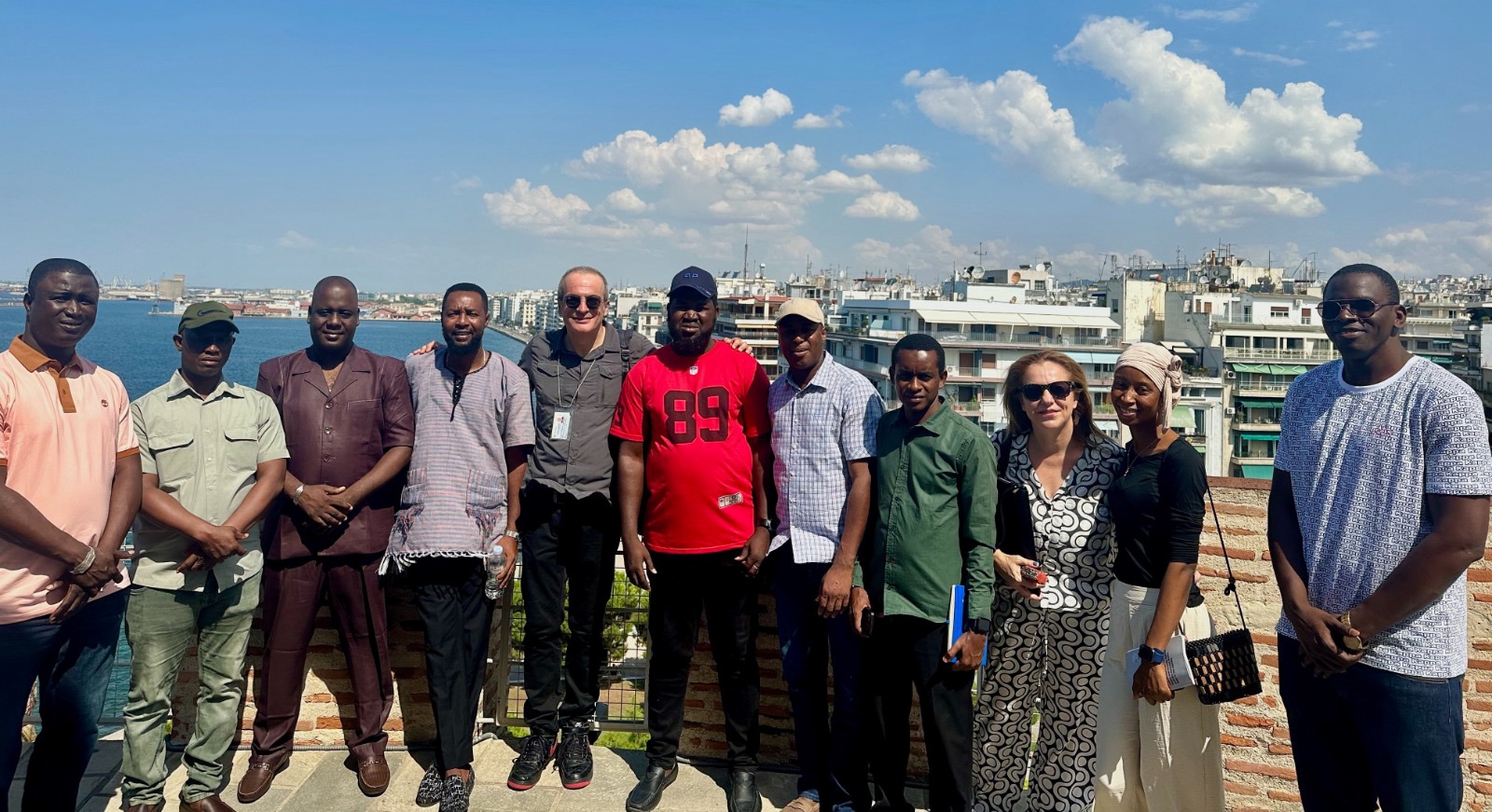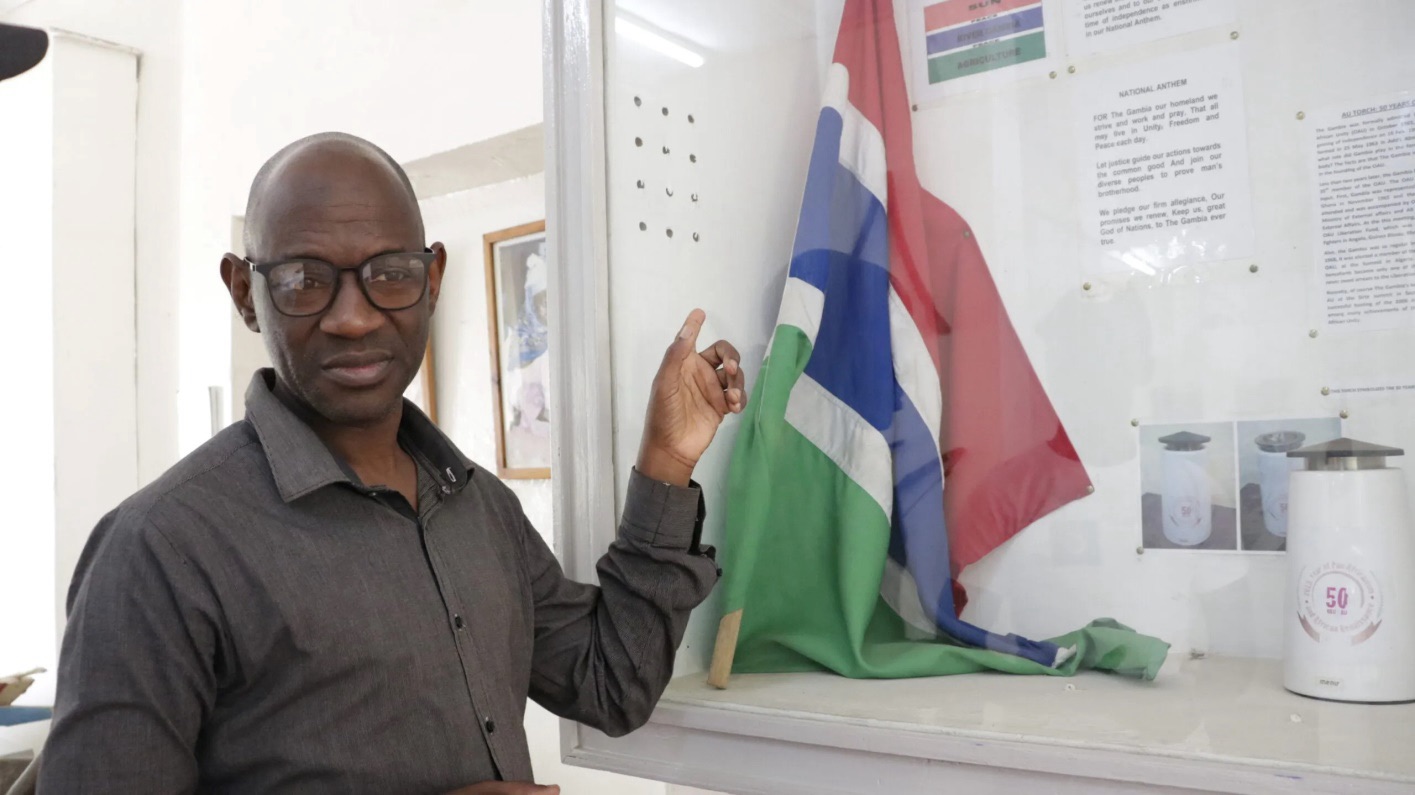By Amet Ngallan /Fajara
The World Bank Group Gambia Economic Update – Spring 2024, discusses the GoTG’s sorry finances. In addition to the usual ‘unsustainable debt’, ‘high risk of debt default’, and ‘public official corruption’ observations, it stressed once again, along with the IMF, the need to ‘mobilize revenues’ and ‘rationalize’ expenditures. The latter is is a polite way of saying GoTG spending is irrational.
As for fighting corruption, GoTG is still working out an anti-corruption bill. For an example of what might be considered institutionalized corruption, consider the retired President bill. It has been defended as a means of inducing a President to step down when the time comes. That certainly smells like a bribe. Its cost is like having at least 2 or even more Presidents on the payroll – something the GoTG cannot afford.
A good example of spending that needs to be ‘rationalized’ is the GoTG payroll. Back in 2017 then Information Minister Jawo reported an audit showed the civil service payroll had jumped from 28,617 in 2007 to 40,681 in 2017. 3146 of those were ghost workers. Fast forward to 2024 and the President, in his State of the Nation speech, boasted his regime accomplished inflating the GoTG payroll all the way up to 80,000, almost 50,000 of whom are civil servants. Furthermore, 8000 positions remain unfilled. The IMF rep in the audience of dignitaries probably shook his head in dismay upon hearing that achievement. It warned back in 2019 that, among the six big challenges the civil service faces, is “growth in staff numbers and the wage bill have outpaced fiscal capacity”. Apparently nobody was listening. Except for diehard NPP supporters, it would be a hard to find anyone who would say the quantity and quality of public services has improved in proportion to the increased payroll, if at all.
These lenders of last resort have often stressed ‘rationalizing’ subsidies. One ‘irrational’ subsidy has been the consumer friendly petrol subsidy which supposedly ended. Despite the wide swings of crude oil prices, consumers face only price increases. So what else has the GoTG done to satisfy these bankers? For one, it allowed, perhaps encouraged, exporting conflict timber. In fact, the IMF noted the MFDC rebel conflict in Casamence caused ‘disruptions of timber exports’. Export of conflict timber, to be precise, is illegal. Among other notable ‘rationalization’ efforts is the 30% increases in NAWEC electric and water rates. Perhaps this been done to make up for lost revenue caused by constant power outages.
One revenue mobilization effort early in President Barrow’s ‘not-a-term’ first term in office was increasing the number of commercial fishing licenses. That has led to fish scarcity and unaffordable fish prices. Fortunately, that policy is said to being reviewed (rationalized).
Other revenue mobilization efforts resulted in higher documentation fees and forces travelers pay airport security levies. Incidentally, we are waiting for the President to reveal who his commission found will take the blame for the Securiport contract disaster.
A recent activity is the new Excise Tax labeling scheme that includes bottled drinks, even water, of all things. It is promoted as helping GRA to “swiftly identify and prevent illicit trade and smuggling”, and somehow streamline ‘Excise’ tax collection. The one sure to benefit is SICPA, whose ‘Excise’ tax equipment and labels Gambian businesses are forced to buy. GRA probably needs to buy from SICPA a QR code reading tool that can read the digitized ‘Excise’ tax stamp, and a magnifying glass, as they snoop about here and there to find tax evading smuggled goods. Good luck with that – standard smart phone QR code scanners don’t recognize the tiny imprint. Any mention of GoTG’s cut of the deal, if any, is avoided, except for improved ‘Excise’ tax flows. So consumers eventually face increased bottled water prices as production costs go up. Since NAWEC can’t supply enough drinking water, this could become a real ‘cash cow’ for the GRA. Some would say ‘How wicked!’
The Bank’s menu of remedies includes GoTG asset sales. Although it is not a sale, in this category is the Africa50 Transgambia Bridge deal, the cash from which is probably going to debt service, not infrastructure projects as intended. And we now see newspaper ads offering for sale half of GAMCEL’s bandwidth in the ACE internet cable. Their internet speed likely will fall to a crawl.
Sometimes foreign lender’s funds get diverted. Should foreign exchange reserves here become scarce, BADEA offered GoTG US$50 mil or so, said to be intended for loaning US$ to importers of basic food stuffs. Somehow, most, if not all of the money available, was loaned to finance a rice farm project. If true, then some discipline is needed here.
The need for these fiscal fixes comes from GoTG’s debt. To paraphrase the World Bank, “as of September 2023, total external outstanding debt reached US$1,125 mil … Over the same period, outstanding public domestic debt reached US$683 mil …”.
With the Covid induced debt deferrals ending in 2024, GoTG now faces ‘paying the piper’. World Bank figures that “the overall external debt service between 2022-2029 stands at a cumulative US$652 mil. Of the total debt service, amortization stands at $562 mil (loan principal), with the remaining US$90 mil in interest charges”. So, by 2029 if the stars align favorably, GoTG will manage to pay back only half of its more than US$1 bil current external debt. Where will those dollars come from?
GoTG’s US$683 mil domestic debt situation is only slightly less onerous. In 2024 they face servicing US$22 mil in T-bills and US$90 mil in bonds. The 1-year T-bill now pays about 10%-12%. The Finance Minister said recently they must issue even more debt to pay off some bonds maturing in 2024. By the way, that number is not included in the 2024 budget, he says.
Explaining their borrowing plan to finance the 2024 budget numbers, the Finance Minister said that they need to ‘mobilize’ a total of GMD7.2 bil (US$106 mil). That is, GMD3.27 bil (US$48 mil) domestically and GMD3.89 bil (US$57 mil) from external sources (donors and lenders). This is sobering – actual cash money, not %GDP. Those numbers represent deficit spending in dire need of ‘rationalization’.
How serious is this? Here is some of what the World Bank sees as risks and consequences … from Chapt 1.2 of World Bank Groups Gambia Economic Update – Spring 2024
“The resumption of external debt servicing obligations, following the end of the debt-service deferrals negotiated with bilateral creditors, in 2024, is expected to absorb significant resources from much-needed social and infrastructure investment expenditure. With the resumption of external debt service obligations, total debt service costs are expected to increase from 6.8% of GDP in 2024 to 7.9% in 2025 and 9.3% in 2026, which is about twice the level of social expenditures expected in 2025 and 2026.”
“Resource scarcity could trigger liquidity pressure and
new financing needs, but The Gambia has limited space
for additional borrowing in the near term. … Heightened domestic government borrowing would further raise banks’ exposure to government debt, heighten the risk of public insolvency (as the country is at high risk of debt distress), further crowd out private sector credit, and jeopardize macroeconomic stability.”
The GoTG needs to learn the ‘Law of Holes’ … You don’t get out of a hole by digging deeper.
Over and out,




